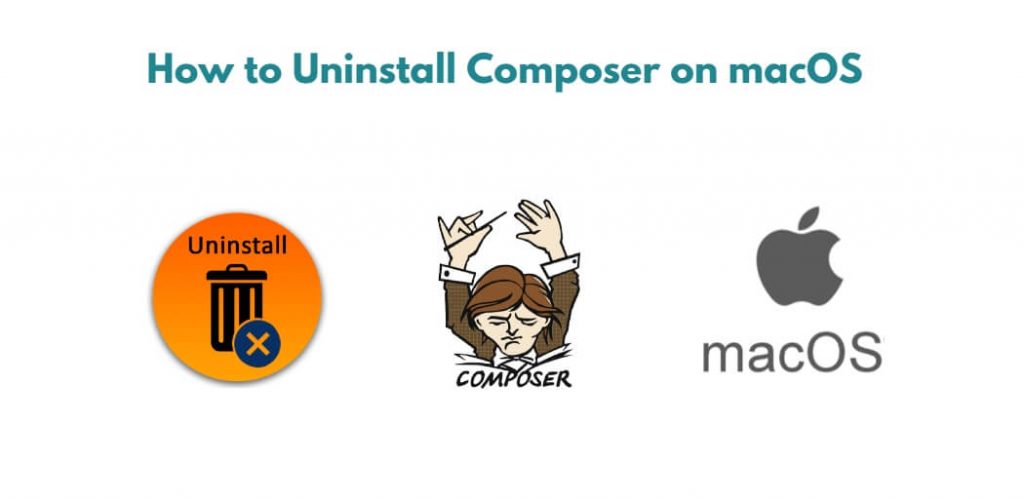If you’re a developer using macOS, you may have come across Composer, a popular dependency manager for PHP. While Composer makes it easy to manage dependencies and packages for your PHP projects, you may need to uninstall it at some point, perhaps to free up disk space or remove a version conflict. In this tutorial, you will learn uninstall Composer on macOS.
How to Uninstall Composer on macOS
By following the steps outlined in this tutorial, you can easily uninstall Composer from your macOS system.
- Step 1: Check if Composer is installed
- Step 2: Uninstall Composer
- Step 3: Verify that Composer has been uninstalled
Step 1: Check if Composer is installed
Before you begin the uninstallation process, it’s a good idea to check if Composer is already installed on your macOS system. To do this, open the Terminal app and enter the following command:
composer -v
If you see the version number of Composer displayed in the Terminal, it means that Composer is installed on your system. If you see an error message saying that the command is not found, it means that Composer is not installed on your system.
Step 2: Uninstall Composer
To uninstall Composer on macOS, you need to use the Terminal app. Here are the steps to follow:
- Open the Terminal app on your macOS system.
- Enter the following command to remove the Composer executable:
- sudo rm /usr/local/bin/composer
- If you want to remove the Composer configuration files as well, enter the following command:
- sudo rm -rf ~/.composer
- This command will remove the ~/.composer directory and all its contents, including the Composer configuration files.
- Once you have executed these commands, Composer should be completely uninstalled from your macOS system.
Step 3: Verify that Composer has been uninstalled
To verify that Composer has been completely uninstalled from your macOS system, you can enter the following command in the Terminal app:
composer -v
If Composer has been uninstalled correctly, you should see an error message saying that the command is not found. If you still see the Composer version number, it means that the uninstallation process was not successful.
Conclusion
Uninstalling Composer on macOS is a straightforward process that involves using the Terminal app to remove the Composer executable and configuration files. By following the steps outlined in this tutorial, you can easily uninstall Composer from your macOS system. If you ever need to reinstall Composer, you can download the latest version from the official Composer website.
